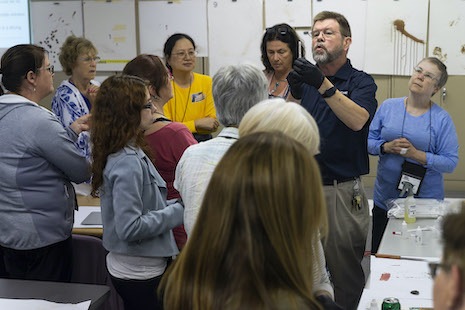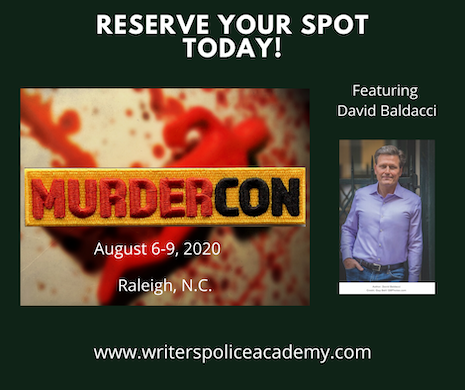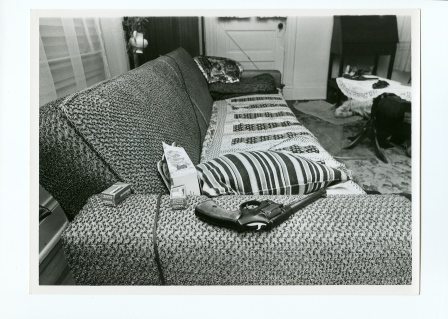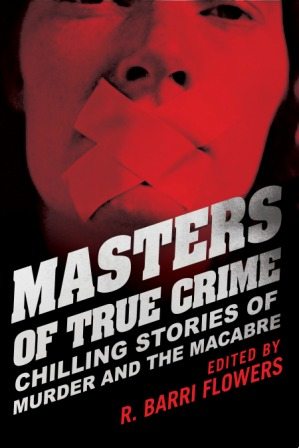The much-anticipated day has arrived. Yes, The 2022 Writers’ Police Academy Website is LIVE, and it’s your first look at the exciting lineup of hands-on training classes available at the 2022 Writers’ Police Academy. As always, we’ve assembled an incredibly outstanding group of top instructors and presenters who’re anxious to share with you their extensive knowledge and expertise. Classes offered at the WPA (Writers’ Police Academy) include actual training that’s offered in a police basic training academy, and in advanced level classes attended by in-service law enforcement officers and other veteran first responders.
These special training sessions are offered to you ONLY at the Writers’ Police Academy.

Fox Cities Exhibition Center
We’ve expanded our facilities this year to include not only the renowned Public Safety Training Academy at NWTC and all it offers—the Universal Driving Facility (UDF), Tactical House, Burn Tower, Jail Facility, Firing Range, and more—we’ve also reserved the entire Fox Cities Exhibition Center in Appleton, Wi., which will house an INDOOR display of various law enforcement and firefighting vehicles and equipment. You’ll have the opportunity to explore these vehicles and equipment, and law enforcement and firefighting experts will be on hand to answer your questions. All nighttime, Sunday morning activities, and registration/check-in will take place at the exhibition center, including the banquet, a meet and mingle with live entertainment, special presentations, and more. The exhibition center is owned by the city of Appleton, but is attached to our official event hotel, Red Lion Paper Valley Hotel, through a sky-walk.
We have gone beyond over the top to ensure that your experience is one you’ll not soon forget, if ever! We wanted to make the return to in-person training something quite special.
Due to the action-based nature of some of sessions, and for your safety and ours, we’ve slightly reduced the number of available spots at the event. This is to allow an appropriate instructor to student ration. You will need to act quickly to reserve your spot once registration opens.
The level of excitement will be high. There will be firearms, explosions, barking K-9s, gunfire, door-kicking, handcuffing, jail cell doors slamming, and patrol vehicles zipping through a closed driving course. You will be in the thick of it all. It will be loud. It will be and adrenaline-pumping weekend of heart-pounding, titillating, and absolutely electrifying FUN! Oh, and you’ll learn tons of information for your books along the way.
Also new this year, and it’s a real bonus, is the addition of WPA attendees earning continuing education credit and a certificate from Northeast Wisconsin Technical College.
As I mentioned, the 2022 lineup of presenters and speakers is stellar, beginning with the 2022 Guest of Honor, Robert Dugoni.
 Robert Dugoni is the critically acclaimed New York Times, Wall Street Journal, Washington Postand #1 Amazon bestselling author of the Tracy Crosswhite police series set in Seattle, which has sold more than 8 million books worldwide. He is also the author of The Charles Jenkins espionage series, the David Sloane legal thriller series, and several stand-alone novels including The 7th Canon, Damage Control, and the literary novels, The Extraordinary Life of Sam Hell – Suspense Magazine’s 2018 Book of the Year, for which Dugoni’s narration won an AudioFile Earphones Award and the critically acclaimed, The World Played Chess; as well as the nonfiction exposé The Cyanide Canary, a Washington Post Best Book of the Year. Several of his novels have been optioned for movies and television series. Dugoni is the recipient of the Nancy Pearl Award for Fiction and a three-time winner of the Friends of Mystery Spotted Owl Award for best novel set in the Pacific Northwest. He has also been a finalist for many other awards including the International Thriller Award, the Harper Lee Prize for Legal Fiction, the Silver Falchion Award for mystery, and the Mystery Writers of America Edgar Award.
Robert Dugoni is the critically acclaimed New York Times, Wall Street Journal, Washington Postand #1 Amazon bestselling author of the Tracy Crosswhite police series set in Seattle, which has sold more than 8 million books worldwide. He is also the author of The Charles Jenkins espionage series, the David Sloane legal thriller series, and several stand-alone novels including The 7th Canon, Damage Control, and the literary novels, The Extraordinary Life of Sam Hell – Suspense Magazine’s 2018 Book of the Year, for which Dugoni’s narration won an AudioFile Earphones Award and the critically acclaimed, The World Played Chess; as well as the nonfiction exposé The Cyanide Canary, a Washington Post Best Book of the Year. Several of his novels have been optioned for movies and television series. Dugoni is the recipient of the Nancy Pearl Award for Fiction and a three-time winner of the Friends of Mystery Spotted Owl Award for best novel set in the Pacific Northwest. He has also been a finalist for many other awards including the International Thriller Award, the Harper Lee Prize for Legal Fiction, the Silver Falchion Award for mystery, and the Mystery Writers of America Edgar Award.
Robert Dugoni’s books are sold in more than twenty-five countries and have been translated into more than thirty languages.
Next up are two fabulous, renowned special guest experts, Dr. Katherine Ramsland and Steven Spingola, whose captivating presentations will have you on the edges of your seats.
Dr. Katherine Ramsland
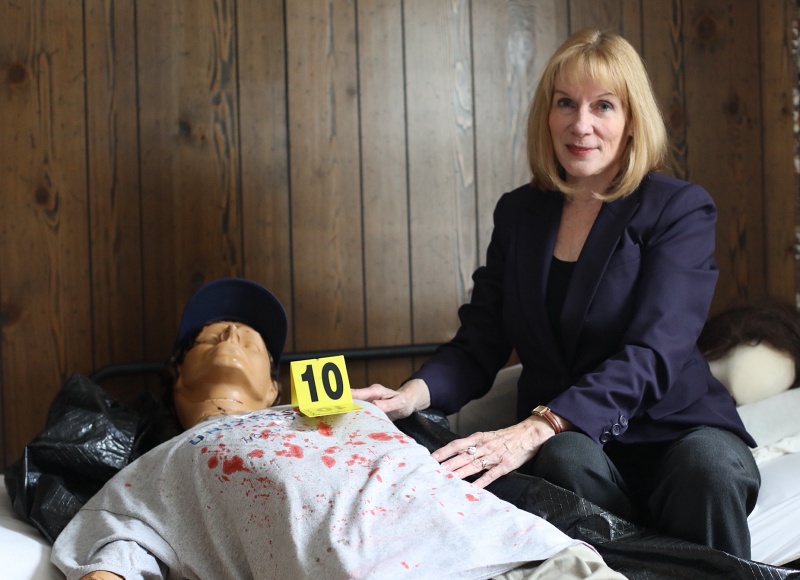 Dr. Katherine Ramsland teaches forensic psychology at DeSales University in Pennsylvania, where she is the Assistant Provost. She has appeared on more than 200 crime documentaries and magazine shows, is an executive producer of Murder House Flip, and has consulted for CSI, Bones, and The Alienist. The author of more than 1,500 articles and 69 books, including The Forensic Science of CSI, The Forensic Psychology of Criminal Minds, How to Catch a Killer, The Psychology of Death Investigations, and Confession of a Serial Killer: The Untold Story of Dennis Rader, The BTK Killer, she was co-executive producer for the Wolf Entertainment/A&E documentary based on the years she spent talking with Rader. Dr. Ramsland consults on death investigations, pens a blog for Psychology Today, and is writing a fiction series based on a female forensic psychologist.
Dr. Katherine Ramsland teaches forensic psychology at DeSales University in Pennsylvania, where she is the Assistant Provost. She has appeared on more than 200 crime documentaries and magazine shows, is an executive producer of Murder House Flip, and has consulted for CSI, Bones, and The Alienist. The author of more than 1,500 articles and 69 books, including The Forensic Science of CSI, The Forensic Psychology of Criminal Minds, How to Catch a Killer, The Psychology of Death Investigations, and Confession of a Serial Killer: The Untold Story of Dennis Rader, The BTK Killer, she was co-executive producer for the Wolf Entertainment/A&E documentary based on the years she spent talking with Rader. Dr. Ramsland consults on death investigations, pens a blog for Psychology Today, and is writing a fiction series based on a female forensic psychologist.
Dr. Ramland’s presentation – Conversations with the B.T.K. Killer, Dennis Rader
*Dr. Ramsland has been with the WPA for many years.
Steven Spingola
 Known to his colleagues as “the sleuth with the proof,” Steven Spingola is as an investigator for Cold Justice, a popular Oxygen Channel true crime program. During a 2014 episode in Vigo County, Indiana, Spingola and another investigator obtained a confession in a decades-old cold case. During an intense interrogation, suspect Clint Mackey broke down and stated, “I went back, grabbed the knife and killed her.
Known to his colleagues as “the sleuth with the proof,” Steven Spingola is as an investigator for Cold Justice, a popular Oxygen Channel true crime program. During a 2014 episode in Vigo County, Indiana, Spingola and another investigator obtained a confession in a decades-old cold case. During an intense interrogation, suspect Clint Mackey broke down and stated, “I went back, grabbed the knife and killed her.
Steven Spingola is an investigator with a national reputation for excellence. He is a 2001 graduate of the FBI National Academy, and he holds two master’s degrees. Steven is a death investigation expert, a police-related shooting reconstruction specialist, and is formally trained as a criminal investigative analyst (profiling).
Prior to his retirement as a lieutenant of detectives with the Milwaukee Police Department (MPD), Spingola supervised all major categories of criminal investigations, including stints in the Homicide Unit, Vice Control Division, Sensitive Crimes Unit, and Violent Crimes Division. He further served as the lead investigator for the Critical Incident Unit, a group that probes police related shootings, use-of-force incidents, and other significant events. As a detective, Spingola spent several years conducting death investigations for a homicide unit with one of the highest clearance rates in the country.
Steve has authored several books: Best of the Spingola Files, Volumes 1 & 2; Predators of the Parkway: A Former Homicide Detective Explores the Colonial Parkway Murders and Staggered Paths: Strange Deaths in the Badger State.
Steven Spingola’s – The Spingola Files: An Evening with Steven Spingola
In addition are the 30 professionals who host and teach hands-on workshops and other sessions (not all are pictured).
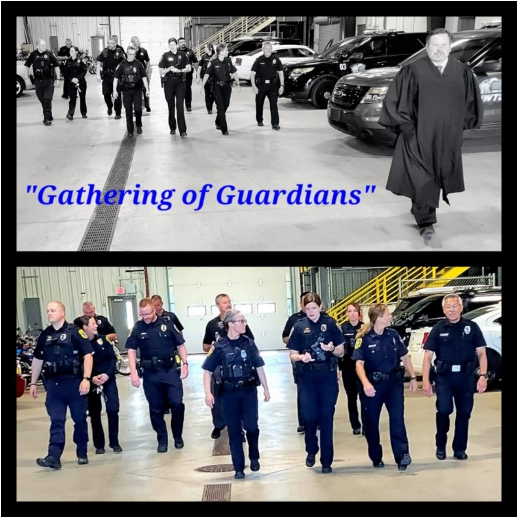
And, three of our loyal and longtime special guest presenters …
Marco Conelli

Writer, Retired NYPD Detective
A twenty year veteran detective of the NYPD, Marco Conelli’s diverse career is highlighted by his work as an undercover where he was plugged into many investigations for the Organized Crime Control Bureau.
Rick McMahan
Detective, Kentucky Attorney General’s Office
Rick McMahan spent over a quarter of a century as a Special Agent for the ATF. During his career, Rick investigated a wide range of crimes from violent militant extremists to outlaw motorcycle gangs to murder for hire plots. Currently, he serves as a Detective for the Kentucky Attorney General’s office.
Joe LeFevre

Joe LeFevre is a full-time police academy instructor in WI. His instructional focus is on investigations, forensic skills, and officer fitness/wellness. Prior to teaching Joe was a police officer, and had spent a few years involved with a volunteer fire department.
Due to the action-based nature of some of sessions, and for your safety and ours, we’ve reduced the number of spots at the event. This is to allow an appropriate instructor to student ration. You will need to act quickly to reserve your spot once registration opens.
Registration to the unique and thrilling Writers’ Police Academy opens February 1, 2022.
Please take a moment to visit the website to explore the 2022 Writers’ Police Academy, THE event of the year!
We are actively seeking sponsors for this event. If you’d like to support the Writers’ Police Academy as one of our treasured sponsors, please visit the “Become a Sponsor” page on the WPA website by clicking here. Or, feel free to contact me (Lee Lofland) at lofland32@msn.com. Please type WPA Sponsorship in the subject line of your message.
WPA sponsorships are wonderful means to advertise you and work, or product. Sponsor generosity helps the WPA continue from year to year at an affordable rate for all. Without our wonderful sponsors the WPA could not continue. I thank you all so very much!

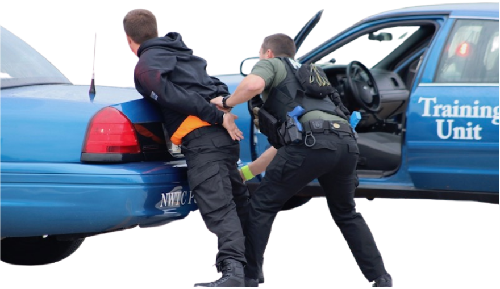



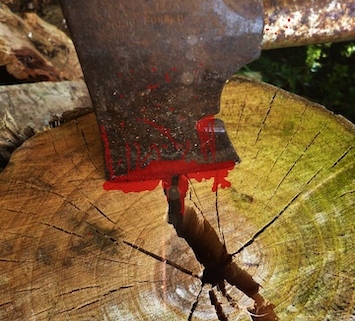
 Popeye – nickname assigned to a car having only one functioning headlight. Named after the squinting, spinach-eating cartoon sailor. Toot, toot.
Popeye – nickname assigned to a car having only one functioning headlight. Named after the squinting, spinach-eating cartoon sailor. Toot, toot.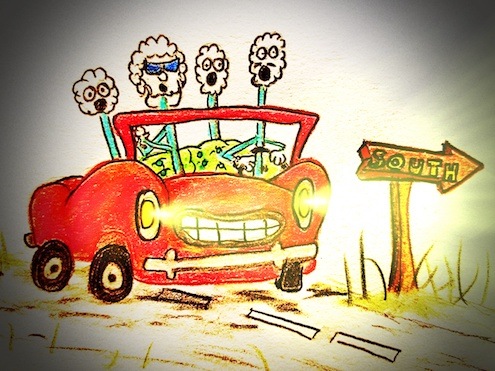
 To learn how investigators interpret blood evidence, sign up today to attend retired FBI Special Agent David Alford’s hands-on
To learn how investigators interpret blood evidence, sign up today to attend retired FBI Special Agent David Alford’s hands-on 